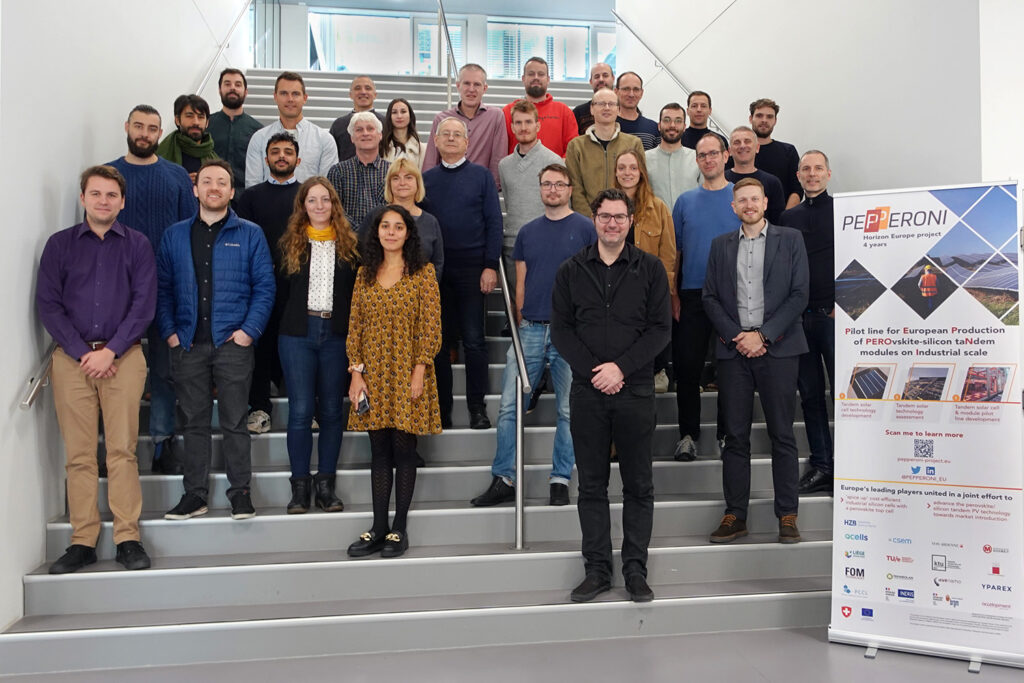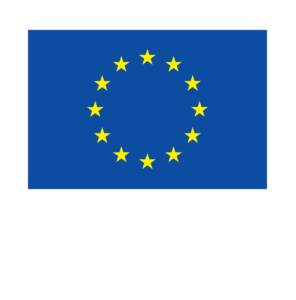PEPPERONI, an EU-funded project developing a pilot line for perovskite/silicon solar tandem cells and modules, held its General Assembly (GA) on 9 and 10 November, in Neuchatel, Switzerland. Organised by partners from the Swiss Centre for Electronics and Microtechnology (CSEM), the event brought together over 30 consortium members from research and industry joining in-person and a few more connecting online. The assembly acknowledged the project’s initiation on the 1st of November 2022 and served as a forum for consortium members to discuss the collaboration within the first 12 months and the progress made so far across different work packages. We also had the opportunity to ask Fabian Fertig from Qcells about the impressions from the first year of the PEPPERONI.
During the two-day meeting, partners presented their latest progress and discussed the challenges in meeting the ambitious objectives of the project. The official part of the PEPPERONI’s GA kicked off with a warm welcome from Quentin Jeangros (CSEM) followed by an overview of the project’s status delivered by Fabian Fertig and project organisation presented by Johannes Ripperger (accelopment Schweiz).
Technology development
The sessions of the first day focused on the technology development, starting with updates from industrial partners involved in WP5 focusing on manufacturing tools for a pilot line. Partners from Mondragon Assembly, Teknisolar, FOM Technologies, and Von Ardenne shared their experiences and learnings from adapting manufacturing tools to meet the project’s and future requirements. A glimpse into the tools and technologies instrumental in the project’s advancement opened a floor to WP2. Here, Qcells provided an update on the ongoing efforts in establishing a pilot line for the development of perovskite/silicon solar tandem cells and modules at Qcells Technology and Innovation headquarter in Thalheim, Germany.
Discussion on the technology development continued with the progress reported in other work packages. Partners from Helmholtz-Zentrum Berlin (HZB) shared research on the tandem cell process integration (WP3), presenting tangible results that have opened further discussions on scalability and reliability. The spotlight then shifted to WP4 delving into the module integration of high-efficiency tandem cells, offering valuable insights into the integration processes at play. Addressing the essential aspect of scalability, the discussions extended to WP6 and enhancing materials for perovskite/silicon tandem cells including developments of contact layer and absorber materials. This multi-faceted approach to technology development on the first day showcased the collaborative efforts and substantial progress within various crucial work packages.
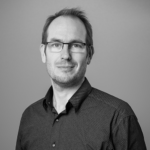
“After the first year, we’re well on track with all milestones achieved and deliverables produced. Today’s meeting not only showcased progress but also ignited discussions on scalability, reliability, and the integration of high-efficiency tandem cells – key points of the PEPPERONI project. Together, we are shaping the future of sustainable energy through innovation and collaboration.” Prof. Bernd Stannowski said (project coordinator from HZB).
Lab tour
To conclude fruitful discussions of the first day, collaborators from CSEM organised a lab tour, where project partners could explore and learn about the broad range of new PV solutions developed at CSEM, from new lightweight products for space applications, innovative metallization and interconnection approaches for high-efficiency silicon modules based on the heterojunction technology, and coloured modules for building integration.
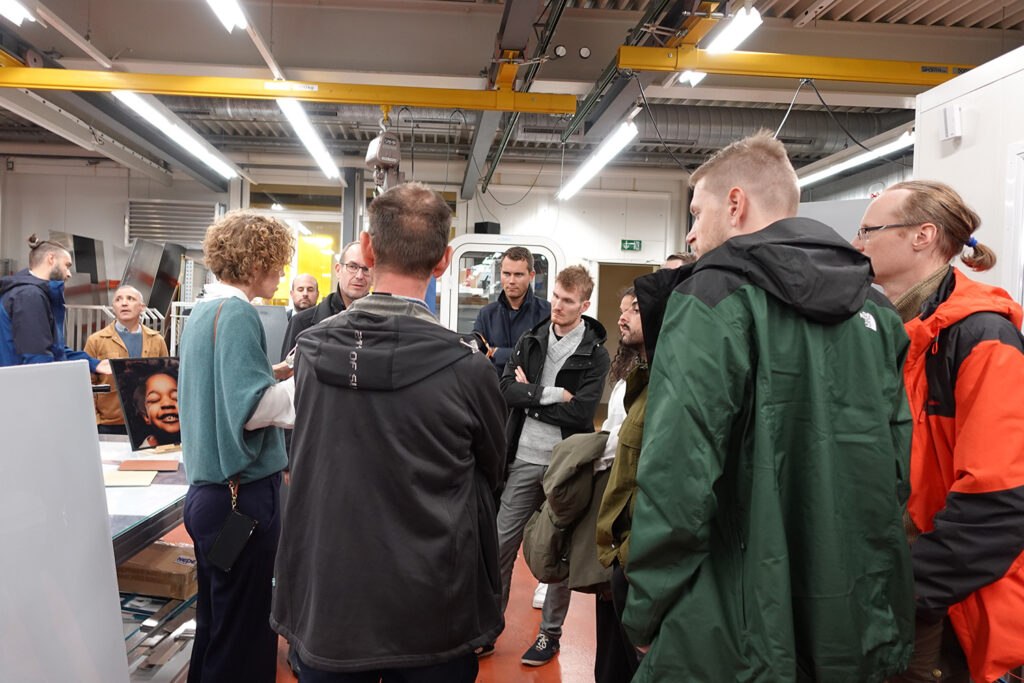
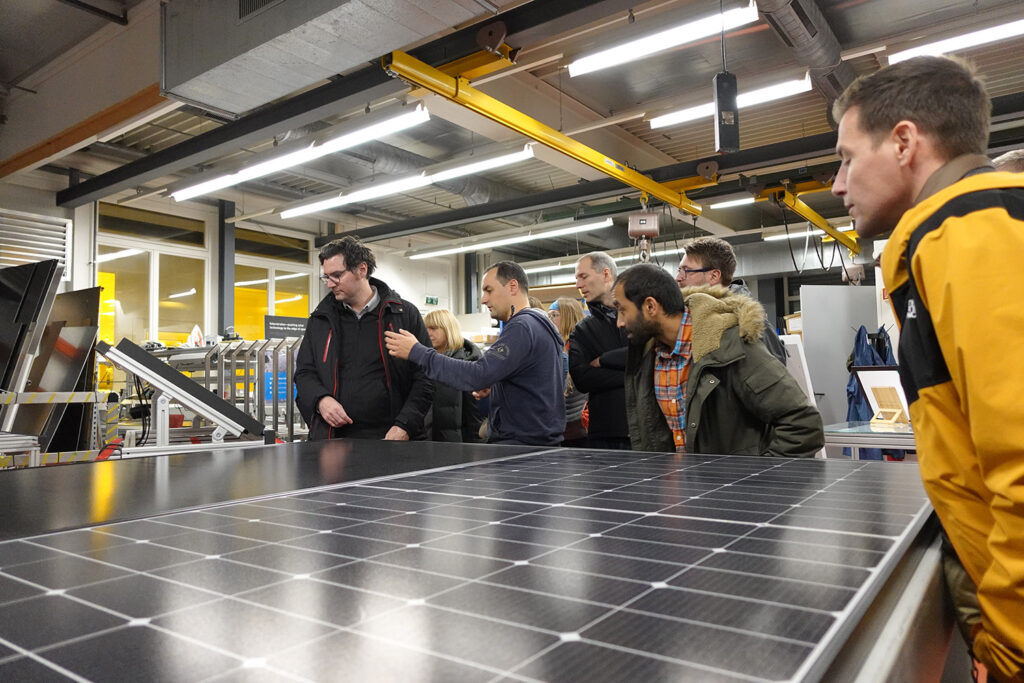

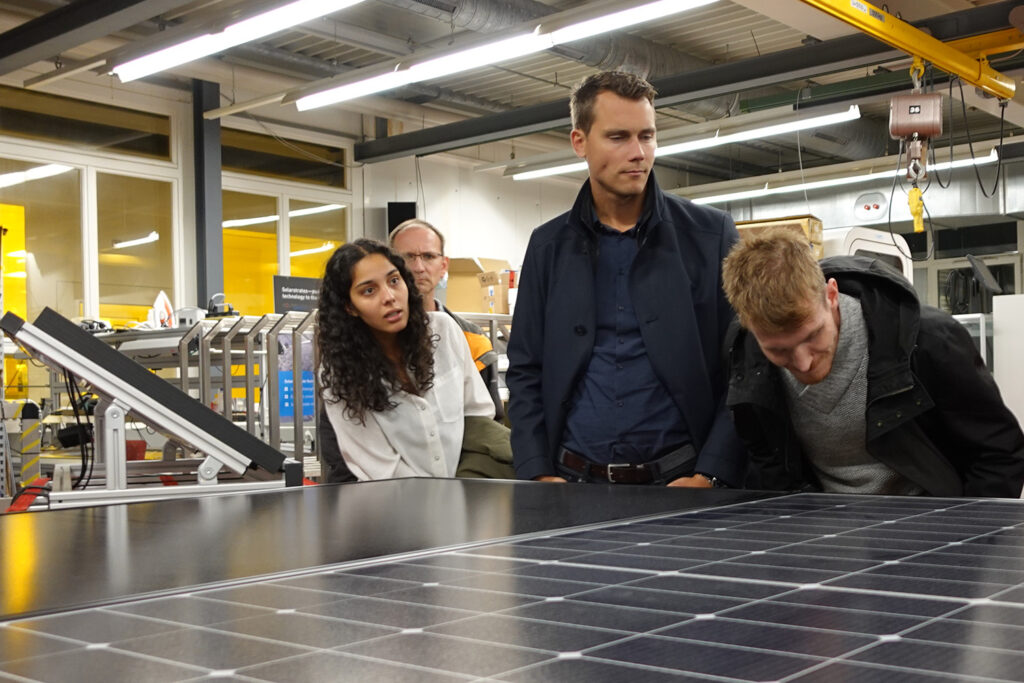
Technology assessment and impact
Samples and know-how obtained in the technology development WPs are used not only to test and assess the operational stability of the tandem solar cells but also to evaluate the environmental and societal impacts of the technology. The second day of the meeting focused exactly on these aspects. Discussions on the reliability of tandem technology through testing and outdoor monitoring (WP7) were followed by presenting the methods to assess economic, environmental, and societal aspects of the PEPPERONI’s solution (WP8). As innovation development is a complex task, it requires both, resource-sensible coordination and a clear strategy to further ensure the impact. All project partners are committed to promoting the project and sharing publishable results through various communication, dissemination and exploitation activities. Joanna Plesniak (accelCH) coordinated the session dedicated to these efforts ensuring that the next steps are well planned and in line with the PEPPERONI joint strategy.
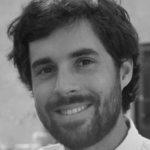
“Science, cheese & wine intermixed during two productive days of meeting at CSEM.” shares Dr Quentin Jeangros, a team leader from CSEM.
As the PEPPERONI project continues to push the boundaries of tandem solar cell technology, the collaborative spirit demonstrated during the 3rd GA sets a promising tone for the project’s future milestones and achievements.
Stay tuned for more updates on the project’s progress and insights from the successful 1st PEPPERONI webinar.

